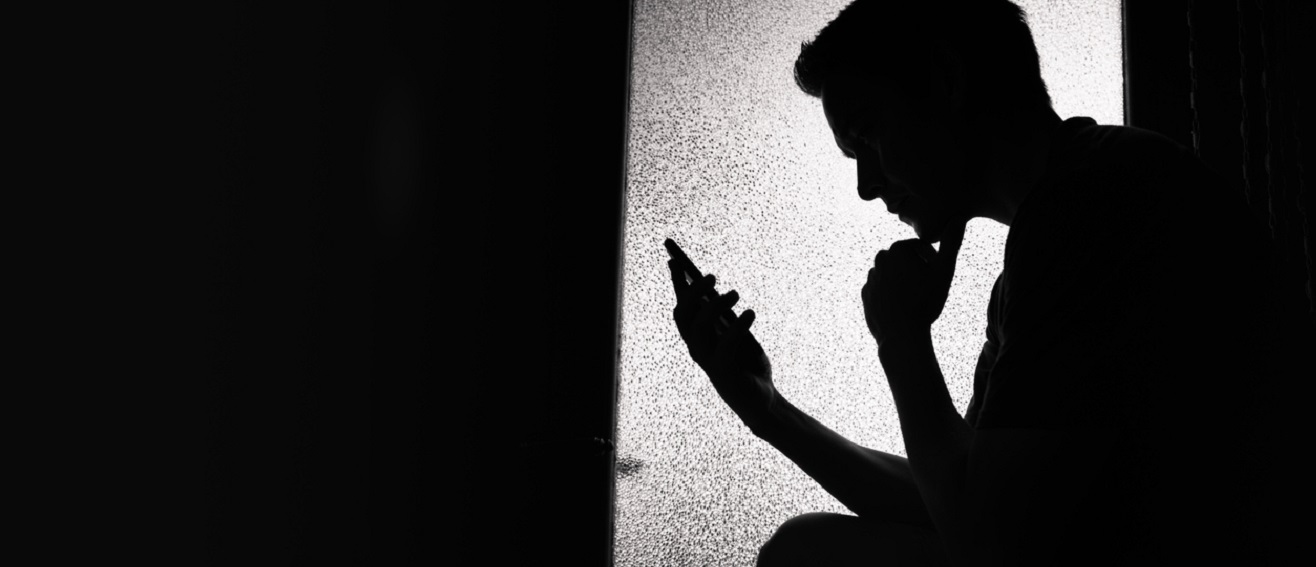
New young gangs more likely to use social media to boost identity and status, says new study by academics at LSBU
The study showed that new, young gangs tend to embrace technology as a means of building their gang’s identity, while more established gangs tend to avoid social media altogether because of the threat posed to their businessNew young gangs more likely to use social media to boost identity and status than mature established gangs, says new study by academics at London South Bank University
New, young gangs tend to be ‘digitalist’, social media operators, embracing technology as a means of conducting business and building their gang’s identity, while more mature, established gangs tend to be ‘traditionalists’ who avoid social media platforms altogether because of the threat posed to their business operations, according to a new, peer-reviewed study by academics at London South Bank University (LSBU).
The study, entitled, ‘No two gangs are alike: the digital divide in street gangs’ differential adaptations to social media’, is co-authored by Dr Andrew Whittaker, Associate Professor in Social Work at LSBU, Professor Karin Moser, Professor of Organisational Behaviour and Director of Research for the LSBU Business School and Professor James Densley, Professor of Criminal Justice at Metropolitan State University, USA. It was published 12 May 2020 in the prestigious Computers in Human Behaviour journal.
In the course of their research, the authors interviewed former gang members, gang affected youth, police officers, criminal justice workers, local authority workers and grassroots volunteers. These interviews previously formed the basis of another ground-breaking report, ‘From Postcodes to Profits’ (published June 2018), co-authored by Professor Andrew Whittaker and team, and commissioned by Waltham Forest Council, which looked at the behaviour of gangs operating in Waltham Forest.
Secondly, there is a generational divide between younger gang members who are ‘digital natives’ having grown up in the age of the Internet and social media platforms and older gang members who are more suspicious of social media.
To project gang status, younger members will document crimes on social media, communicate with gangs, and engage in conflict with other gang members. But older members who have already established their reputations have less to gain from these public displays of gang identity and are more likely to regard social media as a threat because it attracts unwanted attention.
Another key finding is that gangs which have embraced social media and technology more broadly have also realised its potential for exploitation and coercive control. Junior gang members involved in County Lines drug dealing may be asked to provide GPS tracking, video footage or photo evidence of their journey and their surroundings as proof of their activities. This round-the-clock ‘remote mothering’, tantamount to remote controlling, makes it difficult for young people to focus on anything other than the gang, or to seek help without arousing suspicion from gang leaders.
Andrew Whittaker, Associate Professor in Social Work at LSBU and lead author on the report, said: “We found that the younger gangs and gangs that are new to a certain area, tend to rely on using social media platforms to communicate and build a gang identity, status and reputation.
“This helps them not only to recruit new gang members and advertise the sale of drugs, but also to send threats and issue territorial signals to rival gangs.
“In contrast, the gang elders will tend to avoid social media at all costs because they see the risks of being caught or inciting violence and perceive it as bad for business. For them it’s all about making money and less about promoting their gang’s status and bravado.
“The level to which a gang will get involved in using social media really depends on the maturity and evolutionary stage of that particular gang.”
The study also highlights how the voracious use of social media by younger gangs has led directly to a recent change (2019) in the policing of gang activity, with a specialist unit now set up at New Scotland Yard, monitoring the content of gang videos and gang social media activity online. As a result, the police now take a more interventionist approach, with a view to offering mediation to prevent an attack if it appears that one gang is feeling aggrieved towards another and is expressing this aggressively online.
The report is available and free to access.